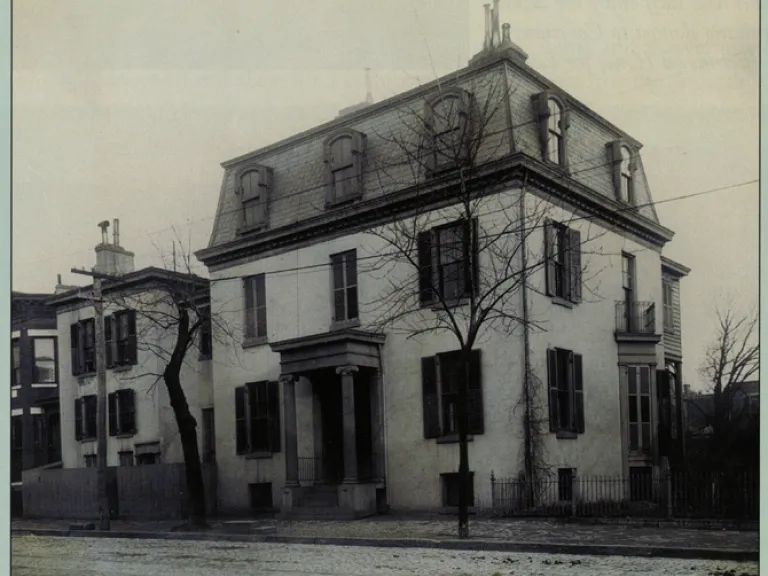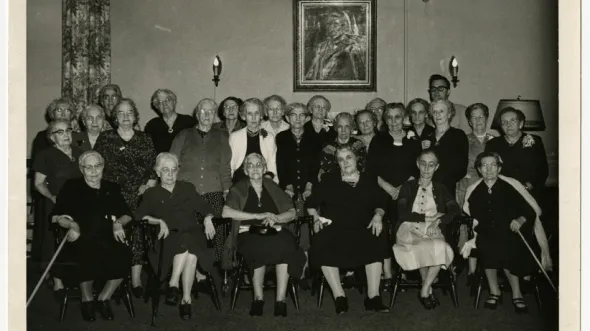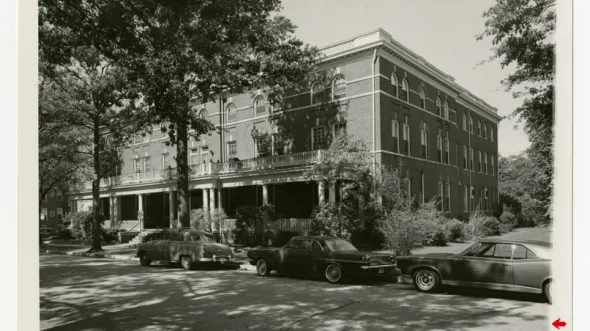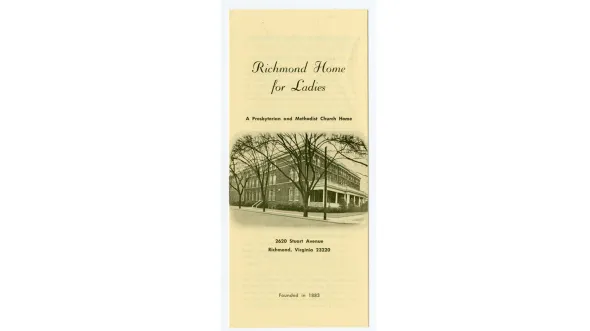The Richmond Home for Ladies was an elderly care facility for women established in 1883, and still operates today as Covenant Woods. The experience of early female volunteers for the organization followed that of many so-called New Women, Progressive-Era feminists who used social reform to establish a role for themselves outside the home. As a whole, these women provided a niche for subsequent generations to gain a greater presence in the workforce and society at large.
Inspired by concern for the welfare of elderly female members of area Methodist and Presbyterian churches, The Richmond Home for Ladies was established by a group of local physicians and clergymen seeking to provide a more attractive and humane alternative to the almshouse. From 1883-1987, the home operated under the dual management of two volunteer boards: a Men’s Board of Directors controlled the business and financial affairs, while a Board of Lady Managers was responsible for day-to-day administration. This gendered distribution of responsibilities followed directly the “Separate Spheres” ideology that dominated the period. According to this theory, men held domain over such areas as politics and commerce (“the public sphere”) while women were to serve the home (“the private sphere”) as moral guardians and caretakers. Although retaining the feminine identity of nurturer, female volunteers were able to extend their roles outside of the home as societal caretakers. Many in the first generation of New Women maintained compliance with traditional gender roles to tread lightly in testing the boundaries of the private sphere.
Those who served on the Board of Lady Managers may be seen as perfect examples of early New Women. Although they did not receive compensation for their service, the requirements for membership were akin to those of a full-time job, and the women took their roles very seriously. According to the by-laws, it was the objective of the board “To supervise the management of the Home, striving to promote the happiness, comfort and welfare of the guests in the Home. To promote interest in and the support of the Home from the churches we represent and others.” The board was run by a group of officers, with terms lasting for two years. All members had to attend regular meetings, report to their churches the needs of the home, visit residents, attend funerals when possible, and serve on committees that in many cases required daily presence in the home.
In looking at the papers of The Richmond Home for Ladies, which are in the collections of the Virginia Museum of History & Culture (Mss3 R41566 a FA2), it is clear that volunteers to the Board of Lady Managers put an astounding amount of work into running the home, and they treated their participation as a career. Surviving correspondence and minutes show that they frequently came into conflict with the Men’s Board of Directors, challenging for more control over policies and funding as a result of their familiarity with residents and the home itself. By establishing a platform with which to engage in such work, the women of The Richmond Home for Ladies paved the way for future generations to further extend their reach and become active participants in the workforce.
This article was written by Claire Hope while serving as Project Archivist at the Virginia Museum of History & Culture.




